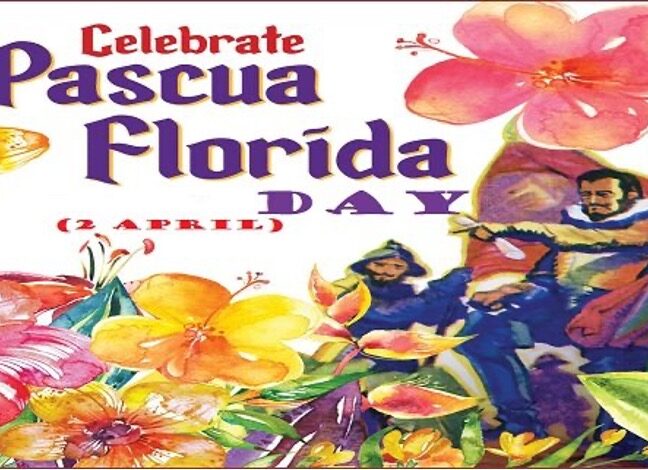
In February 1512, a royal contract was granted to Juan Ponce de León by King Ferdinand, giving him the authority to search for the ‘The Islands of Benimy.’ The contract stipulated that, for three years, he would have exclusive rights to the island in question, as well as any neighboring islands he discovered. He would also become governor of such islands for the rest of his life. However, he was required to finance the journey from his own pocket. With 200 men, de León set out from Puerto Rico on March 4, 1513, with a fleet of three ships: the ‘Santiago,’ the ‘San Cristobal’ and the ‘Santa Maria de la Consolacion.’
On April 2, 1513, the ships arrived on an island that de León named ‘La Florida’ after the Spanish Easter holiday which usually occurred during that time of the year, called ‘Pascua Florida.’ In Spanish, ‘Pascua Florida’ means ‘flowery festival’ or ‘feast of flowers.’
Pascua Florida Day became adopted by Florida’s legislature as an official holiday on April 2, 1953, at the suggestion of a woman called Mary A. Harrell, who was a Social Studies teacher in Jacksonville.
Pascua Florida Day is only celebrated in the state of Florida and, although there are no special commemorative acts that mark the day, it is a time to reminisce on the rich history of the state. The Governor of Florida often designates March 27 to April 2 as Pascua Florida Week. If April 2 happens to fall on a weekend, the commemorative holiday may be shifted to the preceding Friday or the following Monday.






